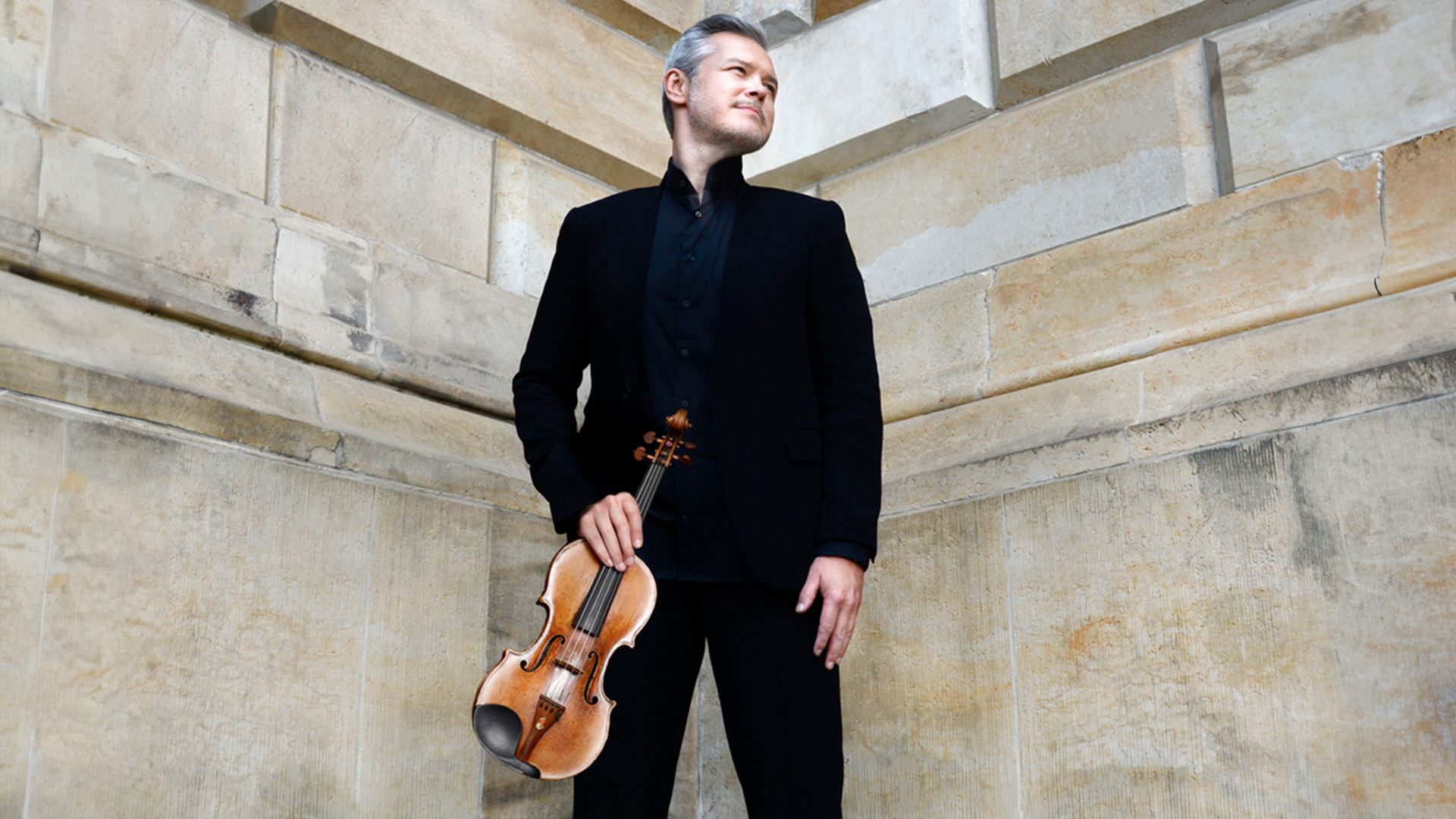JEAN SIBELIUS
Violin Concerto in D minor op. 47
LUDWIG VAN BEETHOVEN
Symphony n. 3 in E flat major Eroica op.55
Violin
Vadim Repin
Conductor
Riccardo Minasi
Orchestra of the Opera Carlo Felice Genova
The Violin Concerto Op. 47 by Jean Sibelius was written at the beginning of the 20th century. To be precise, it was conceived as early as 1899, but most of it was elaborated and completed in 1903. For Sibelius, it was quite a troubled score and he decided to rework it after a not particularly successful first performance, due to the inadequacy of the soloist who performed it on 8 February 1904 at the Helsinki Conservatory. Sibelius decided to recalibrate the formal balance of the concerto and, above all, to simplify the soloist’s part, still a considerable test for soloists who decide to tackle its interpretation. After this revision, the Violin Concerto was performed in Berlin, conducted by Richard Strauss, and steadily increased its prestige until the historic recording by the great violinist Jascha Heifetz, which definitively sealed the entry of this score into the repertoire. Sibelius’ concerns and consequent desire to return to strictly compositional matters is justified by the fact that his Violin Concerto remained effectively the only example of a concerto dedicated to a solo instrument, excluding the minor compositions in which we find the violin as the protagonist. The problem of balancing virtuosic expectations, typical of romantic soloism, with respect for one’s own style based on great sobriety and depth of thought was also very much felt. Sibelius succeeds in this, evoking a ‘Nordic’ musical setting applied to virtuosic writing of considerable complexity.
‘He himself considers it the most important work he has written. Beethoven played it for me recently, and I believe that Heaven and Earth will tremble when it is performed,’ wrote Ferdinand Ries, a pupil of Beethoven’s, in 1803, about the nascent Eroica Symphony. As is well known, the genesis of this symphony is linked to Beethoven’s initial sympathies for Napoleon Bonaparte, seen as a great son of the Revolution, ready to fight for the affirmation of fundamental human rights. Equally famous is the enormous disappointment the great composer from Bonn had when he learned of Bonaparte’s coronation as Emperor, hence his vehement decision to sever all ties between his Grand Symphony and the name of Napoleon. The travails of this origin linked to the dedicatee of Beethoven’s work have not undermined its authority and enormous importance on a historical level, qualities that were already well known to Beethoven’s contemporaries, of which the statement of Beethoven’s pupil is an early testimony. Indeed, the Eroica Symphony, the third of Beethoven’s nine, represents a point of no return in the evolution of this form, particularly in terms of its length, incomparable to any work written before Beethoven. Of no small importance is the fact that this symphony marks the composer’s willingness to bend the use of a form (that of the symphony precisely, with its grammatical rules of construction) to musical ideas and not vice versa. Then there is the density of the musical writing that is appropriate to the considerable size of the composition, designed to enhance every single element that makes up the symphonic construct, thus expanding the melodic invention, the harmonic richness, the timbral mixtures of the orchestra. Musicologist Luigi Della Croce has eloquently written: ‘Symphony No. 3 opens a new era, just as Mozart’s Jupiter Symphony had closed the previous one’.
Francesco Ottonello
